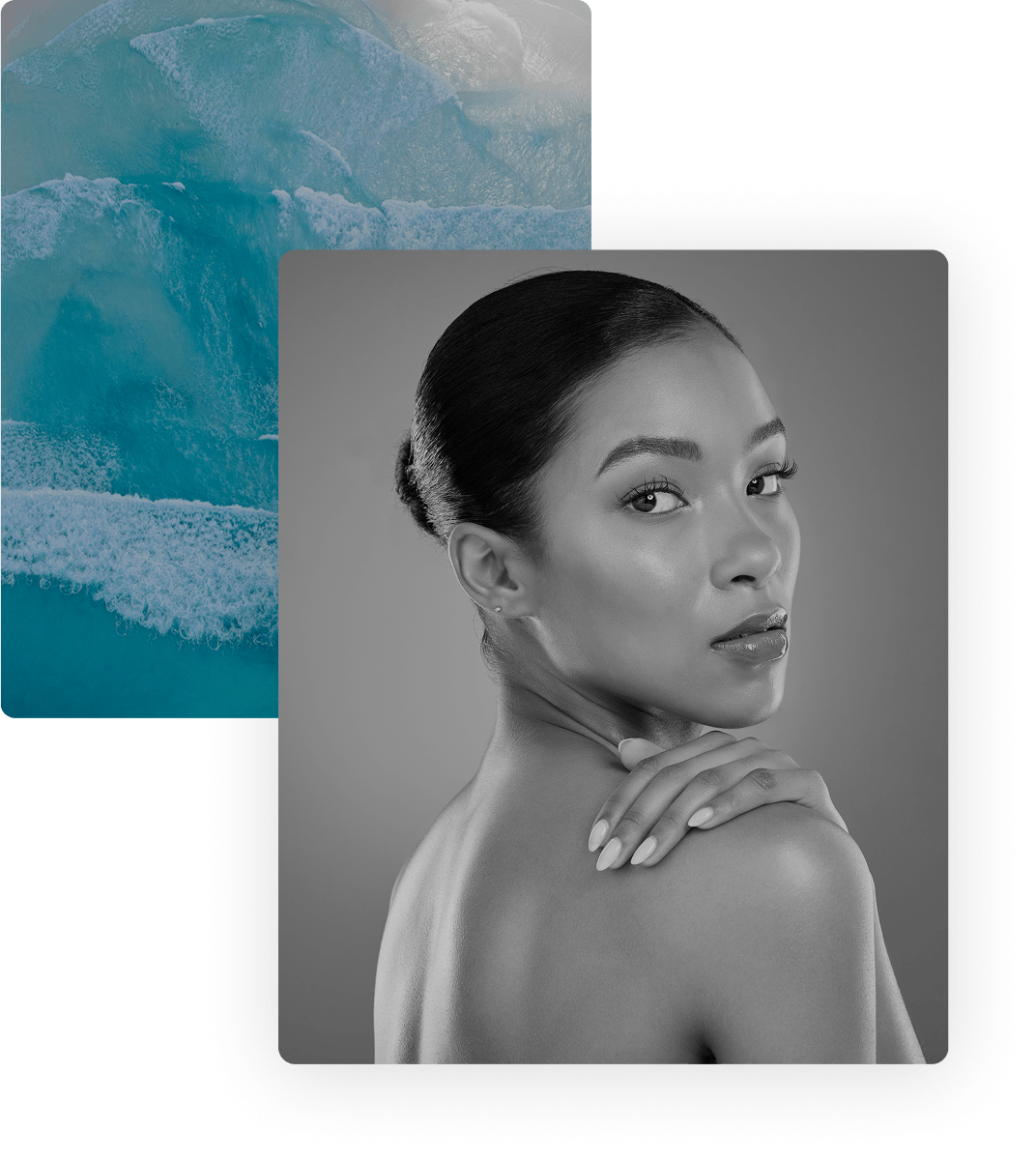Refine the shape, size, or position of your ears with expert care. Ear surgery (otoplasty) is a subtle yet transformative procedure that brings balance and proportion to your facial features. Whether correcting prominent ears or reshaping after injury, Dr. Nathan delivers natural, harmonious results.
Understanding the Anatomy of the Outer Ear
The outer ear, consisting of cartilage and skin, is called the auricle or pinna. Anatomy of the outer ear includes:
- Helix – Outer rim, starting at the scalp and terminating at the earlobe. The edge folds over and turns inward.
- Anti-helix – Y-shaped cartilage with two distinct parts (inferior crus and superior crus) that generally follows the line of the helix.
- Scapha – An indented grove between the helix and anti-helix.
- Fossa triangularis – Small depression at the upper portion of the ear, toward the face.
- Tragus – Small cartilage projection directed away from the face, located just in front of the ear canal.
- Anti-tragus – A little protrusion opposite the tragus.
- Concha – Curving structure, bounded by the cymba superiorly and cavum inferiorly.
- Lobule – The soft, fleshy lowest point of the ear, and the only part that has no cartilage.
The natural design of the outer ear funnels sound waves into the auditory canal (meatus), and eventually to the ear drum and middle ear. The tragus and anti-tragus also have the specific function of helping the brain identify the direction from which sound originates.
While it might seem like ears are all like, there are actually many variations. A successful outcome from otoplasty depends in large part on the surgeon’s familiarity with these distinctions, and an ability to identify them on a potential patient. For example, some people have a Darwin’s tubercle, a small prominence at the back of the helix, believed to be a remnant of early man’s folded down ear.











